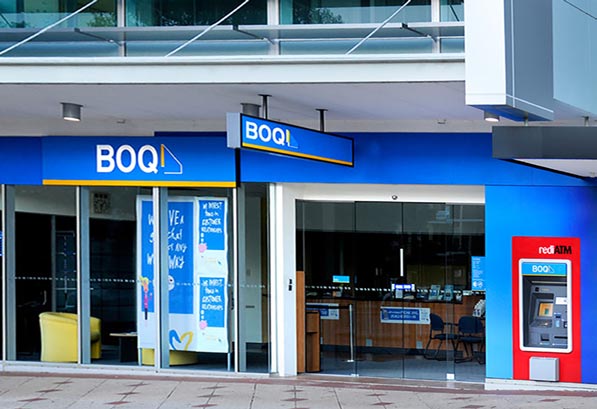We look at the latest lending flow data from the ABS. Given all the hype around loan growth, whats the real story?

In fact the key is understand that average loan sizes are growing much faster than loan volumes – thanks to weaker lending standards.

Digital Finance Analytics (DFA) Blog
"Intelligent Insight"
We look at the latest lending flow data from the ABS. Given all the hype around loan growth, whats the real story?

In fact the key is understand that average loan sizes are growing much faster than loan volumes – thanks to weaker lending standards.

Ironic really, that on the day ASIC released its updated lending guidance, BOQ have lowered their interest rate floors for home loan serviceability assessments.

BOQ has reduced its floor rate for mortgage serviceability assessments from 5.65 per cent to 5.35 per cent, with the changes also applicable to its subsidiary Virgin Money. Via The Adviser.
The changes will apply for all new home loan applications submitted from Monday, 9 December.
The interest rate buffer will remain unchanged at 2.50 per cent.
BOQ noted that serviceability rates will vary depending on the credit product under assessment, with the interest rate applicable determined as follows:
BOQ added that applications submitted prior to Monday, 9 December, that have not been approved will be assessed using the new serviceability rates.
BOQ has joined the Commonwealth Bank, Auwside Bank, Heritage Bank and Westpac in revising its serviceability rates twice in response to the Australian Prudential Regulation Authority’s (APRA) changes to its home lending guidance.
In early July, the prudential regulator scrapped its requirement for a 7 per cent interest rate floor and raised its recommended buffer rate from a minimum of 2 per cent to 2.5 per cent.
APRA chair Wayne Byres said the regulator’s amendments were “appropriately calibrated”, stating that a serviceability floor of more than 7 per cent was “higher than necessary for ADIs to maintain sound lending standards”.
Analysts have partly attributed the rebound in home lending activity over the past few months to APRA’s changes.
According to the latest data released by the Australian Bureau of Statistics, the value of new home lending commitments rose 1.1 per cent (in seasonally adjusted terms) in September, following on from a 3.8 per cent rise in August.
New lending commitments are now up 5.6 per cent (seasonally adjusted) when compared with September 2018, the first positive year-on-year result seen since mid-2018.